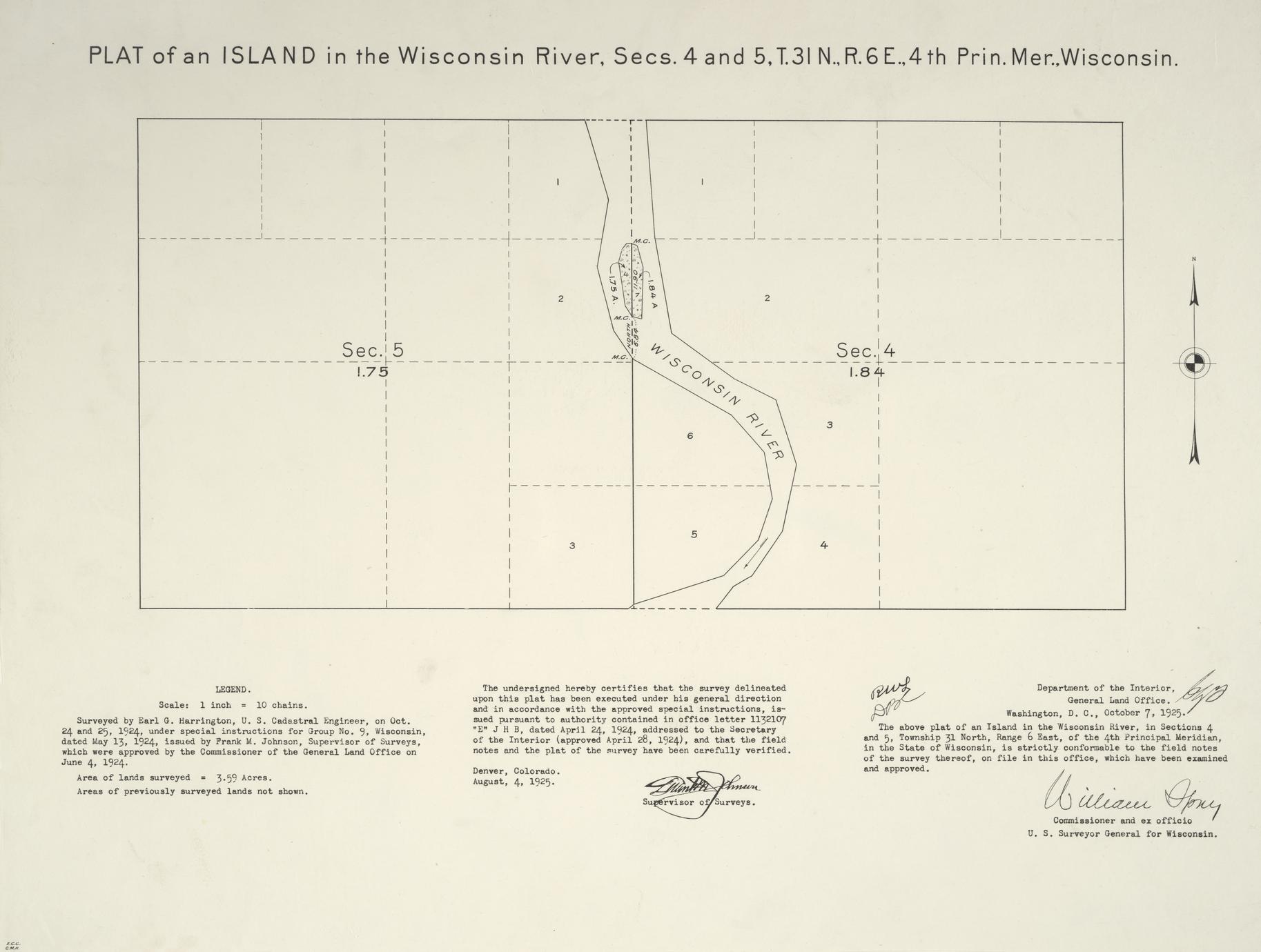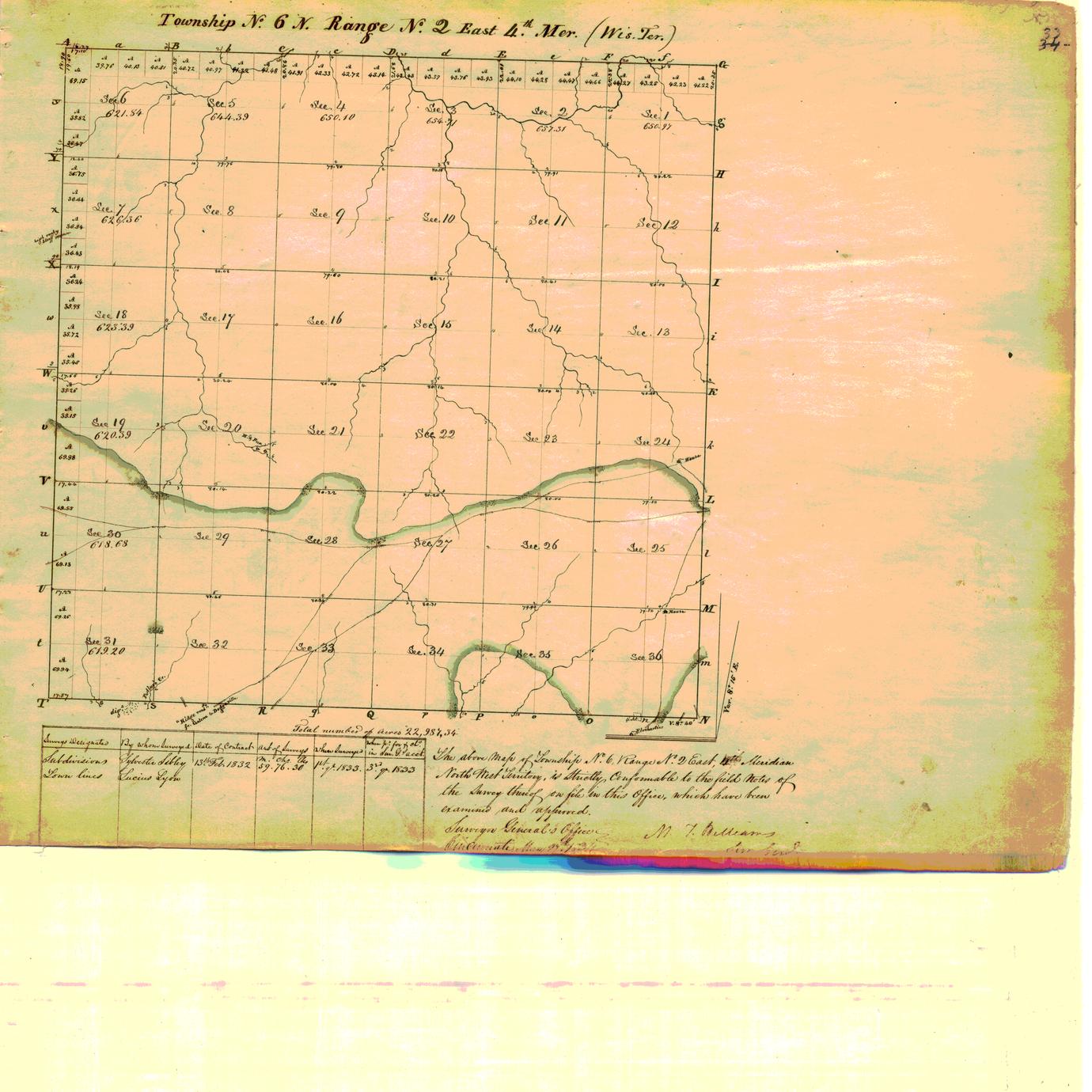

When trees were available in the landscape, GLO survey instructions called for two witness trees at quarter corners and at river crossings ("meander posts"), and four witness trees at section corners. The landscape described in GLO notes has often erroneously been called "presettlement," implying pristine ecosystems untouched by human hands, but in most places surveyors saw lands shaped by at least 10,000 years of occupation and management by native peoples. GLO users of any stripe also often are drawn to its history because they inevitably wonder who the surveyors were, what they saw, and how they did their work without roads, electronic survey equipment, chainsaws, and even maps. These records have been used to relocate early settlements, support claims to water rights, and validate early census records.

Surveyors routinely recorded distances and compass bearings to prominent buildings that were visible along the survey lines. Historians use the GLO grid in a similar way to ecologists, because surveyors were required to record where lines intercepted man-made features such as roads, fencelines, farmyards, and towns.They are being used to restore plant community structure, species composition, and ecological processes (see Witness Trees below). Witness tree data are particularly useful in assessing historical stand density, fire history, and species distributions. Notes on streams and rivers often included depth, current, alluvium, and condition of the banks. They also had to record information at random points where lines intercepted trees, rivers, streams, lakes, and other natural features.

Ecologists and Botanists use GLO survey lines as a grid of transects, along which surveyors recorded changes in vegetation, and information about trees and shrubs every half mile.Land surveyors routinely use historical GLO data because it is the foundation of all land ownership records, and all land survey lines are interconnected.Since the 1920s, ecologists, historians, and others have used GLO records as a source of information on landscape condition and settlement as seen at the time of survey: The GLO surveys created a more or less consistent dataset spanning 200 years and covering nearly 1.5 billion acres.


 0 kommentar(er)
0 kommentar(er)
